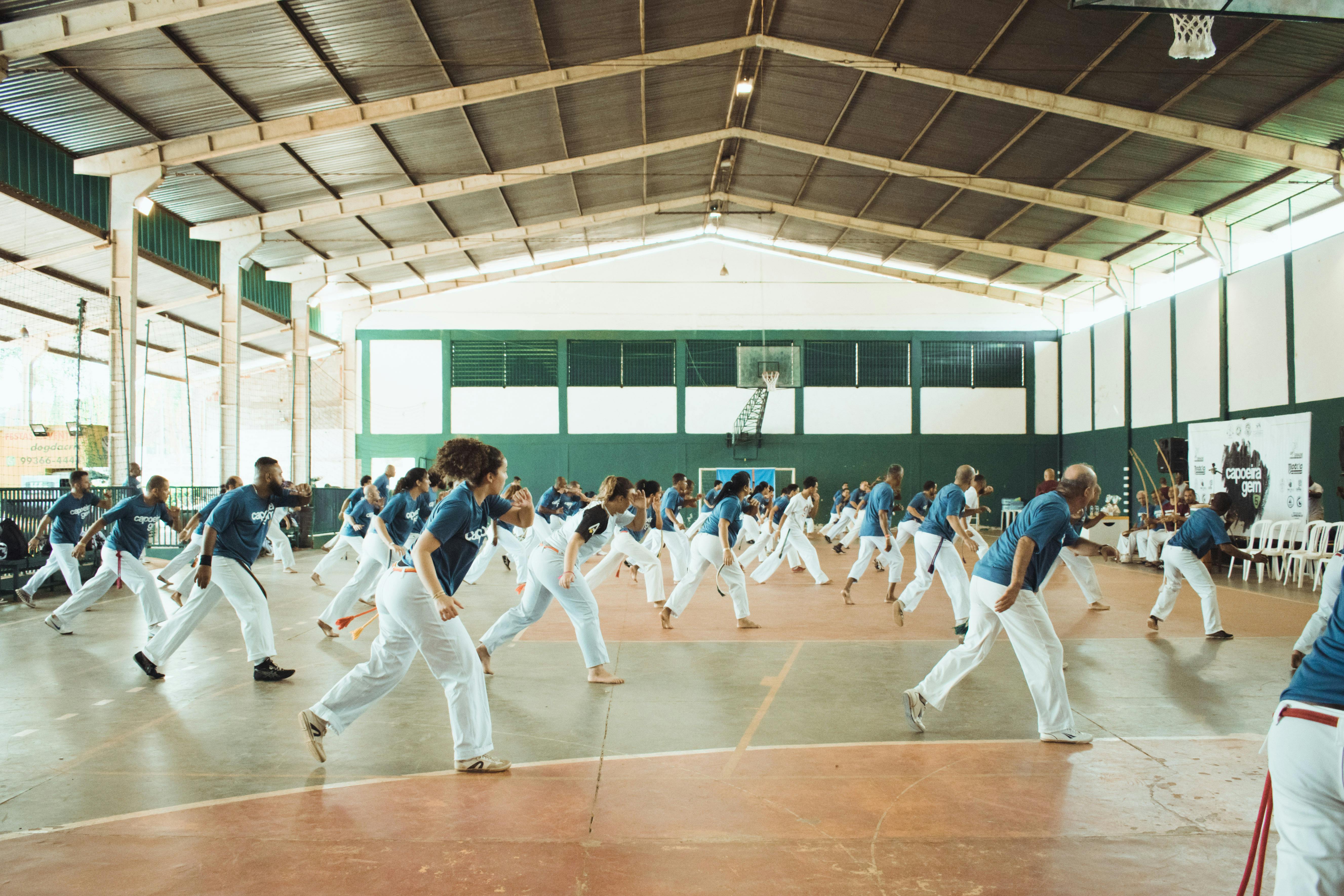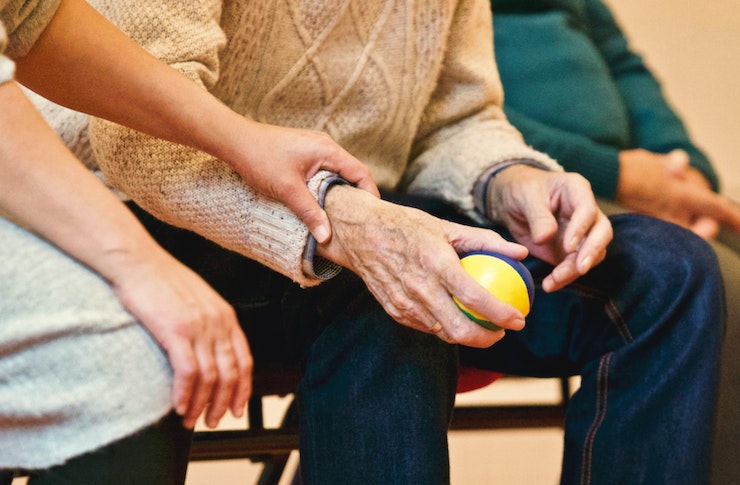The Spirited Journey of Capoeira: From Rebellion to Recognition
Capoeira, a Brazilian martial art that combines elements of dance, acrobatics, and music, has a vibrant and complex history that is as dynamic as the practice itself. Over the centuries, Capoeira has evolved from a tool of rebellion, to an outlawed activity, and finally to a respected and globally recognized sport. This article will delve into the rich history, the current trends, and the future of this unique sport.

Origins: A Fight for Freedom
Capoeira’s roots can be traced back to the 16th century, during the era of the Atlantic slave trade. African slaves in Brazil developed this martial art as a means of self-defense and resistance against their Portuguese oppressors. Disguised as a dance, Capoeira allowed slaves to practice fighting techniques without raising suspicion. It was a beacon of hope and a symbol of their struggle for freedom.
The Ban and Underground Practice
In the late 19th century, after the abolition of slavery in Brazil, Capoeira became associated with criminal activities and was subsequently banned by the government. However, the ban did not extinguish the spirit of Capoeira. Instead, it went underground and continued to evolve, incorporating elements of Brazilian culture and traditions.
The Resurgence: From Outlawed Activity to National Treasure
In the 20th century, Mestre Bimba, a Capoeira master from Salvador, played a significant role in the resurgence and legitimization of Capoeira. He developed a new style, known as Capoeira Regional, which was more structured and less associated with criminal elements. This led to the lifting of the ban in 1937 and the recognition of Capoeira as a national sport in Brazil.
Current Trends: Global Recognition and Influence
Today, Capoeira is practiced worldwide and continues to grow in popularity. It is recognized not only as a martial art but also as a cultural expression of resistance and resilience. Capoeira classes are now commonplace in fitness centers and studios, with an emphasis on its benefits for flexibility, strength, coordination, and mental agility.
The Future: Preservation and Evolution
The challenge for the future of Capoeira lies in balancing the preservation of its rich history with its evolution as a modern sport. UNESCO has recognized Capoeira as an Intangible Cultural Heritage, underscoring the importance of its preservation. Meanwhile, new styles and techniques continue to emerge, reflecting Capoeira’s inherent dynamism and adaptability.
In conclusion, the story of Capoeira is a testament to the indomitable spirit of resistance, resilience, and adaptation. As a martial art, a cultural expression, and a global sport, Capoeira remains a vibrant and evolving practice that continues to inspire and challenge its practitioners.




